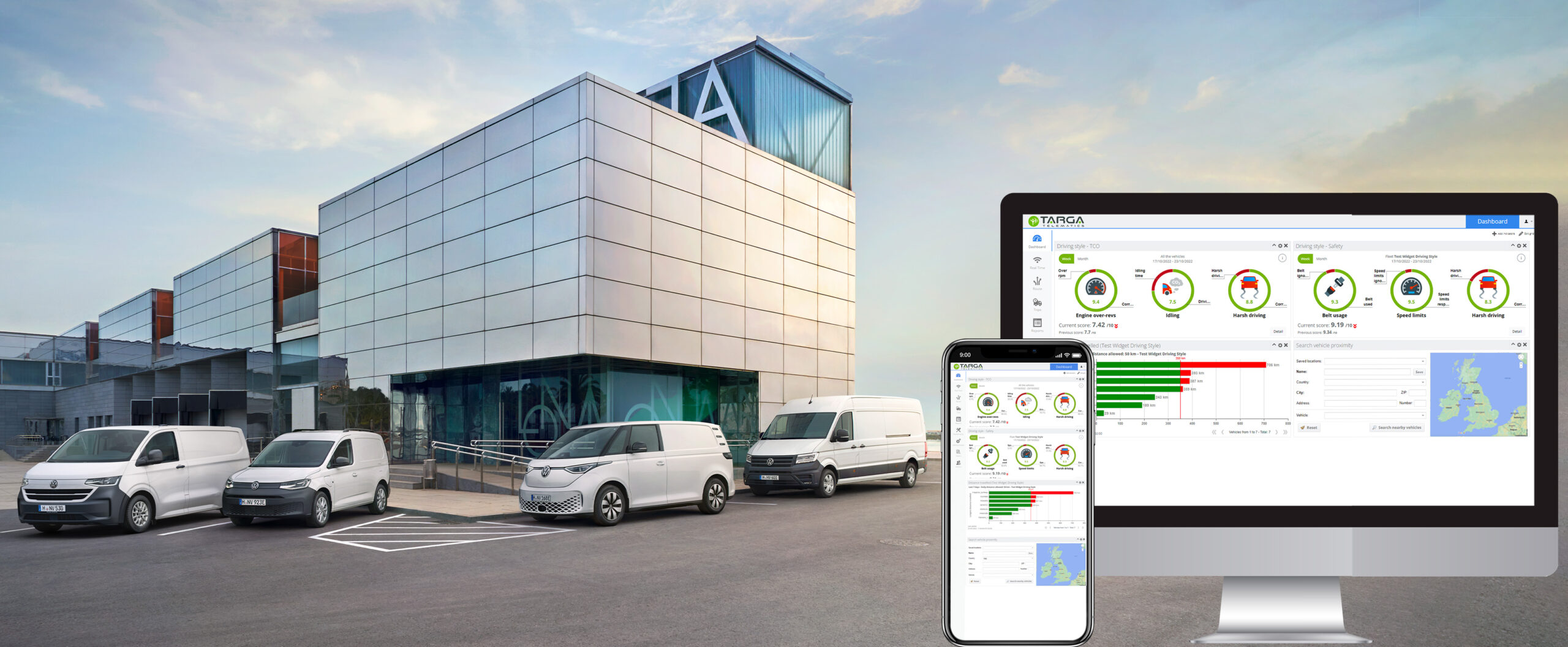Fuel consumption can account for 30% of the operating costs for transportation companies. Fortunately, digital tools can help reduce them.
Keeping a constant eye on the fuel consumption of your vehicles or machinery is one of the keys to optimizing your costs. And today, with highly efficient tools, you can have accurate view of costs and easier means to find ways to reduce them.
1. Encourage eco-driving
Sudden braking, violent acceleration, tight turns… It’s no secret that the more sporty or aggressive the driving, the higher the fuel consumption. So convert your drivers to Eco-friendly drivers! Not only will they reduce their emissions and the risk of accidents, but you will save money.
To do this, nothing could be easier: place a GPS tag in their vehicles. It will collect a lot of data about their driving: acceleration/deceleration, exceeding speed limits, parking with the engine running, and even engine speed if you link the tag to the can-bus. You can then evaluate their behavior and identify the most responsible driving patterns.
2. Monitor consumption
Do you know exactly how much fuel is consumed by each of your vehicles? And if this consumption corresponds to the amount of fuel purchased at the pump? Technical problem, detour, siphoning… many reasons can explain a discrepancy between these two volumes. Being alerted, thanks to a GPS tag installed in the vehicle, paths a way for you to make significant savings.
Two solutions are available: either the beacon is connected directly to the can-bus (manufacturer’s data), or to a probe (via Bluetooth) placed in the tank of the trucks. In both cases, the actual consumption data is transmitted to an on-line platform, 24/7. You are always informed of the exact volume of fuel still available in each vehicle.
3. Optimize vehicle maintenance
Is the air filter or oil filter clogged? The oil change has not been done? Are the tires under-inflated? If so, it is certain that the vehicle in question is over-consuming. As a result, your fuel costs are higher than they should be.
Unfortunately, the larger the fleet, the more difficult it is to plan and organize maintenance on time. But here again, digital tools can help. Once a maintenance schedule is planned, it applies to all your vehicles.
No need to constantly check deadlines. As soon as the maximum distance or time of use is reached, you get an alert that it’s time for maintenance. The best part is that by anticipating maintenance correctly, you reduce breakdowns and therefore the downtime of your work tools.
Digital tools have become a valuable source of fuel savings and therefore cost reduction if you have a large fleet of vehicles. Don’t deprive yourself of them. In the process, you’ll also be doing the planet a favor and improving your company or your brand’s image!




